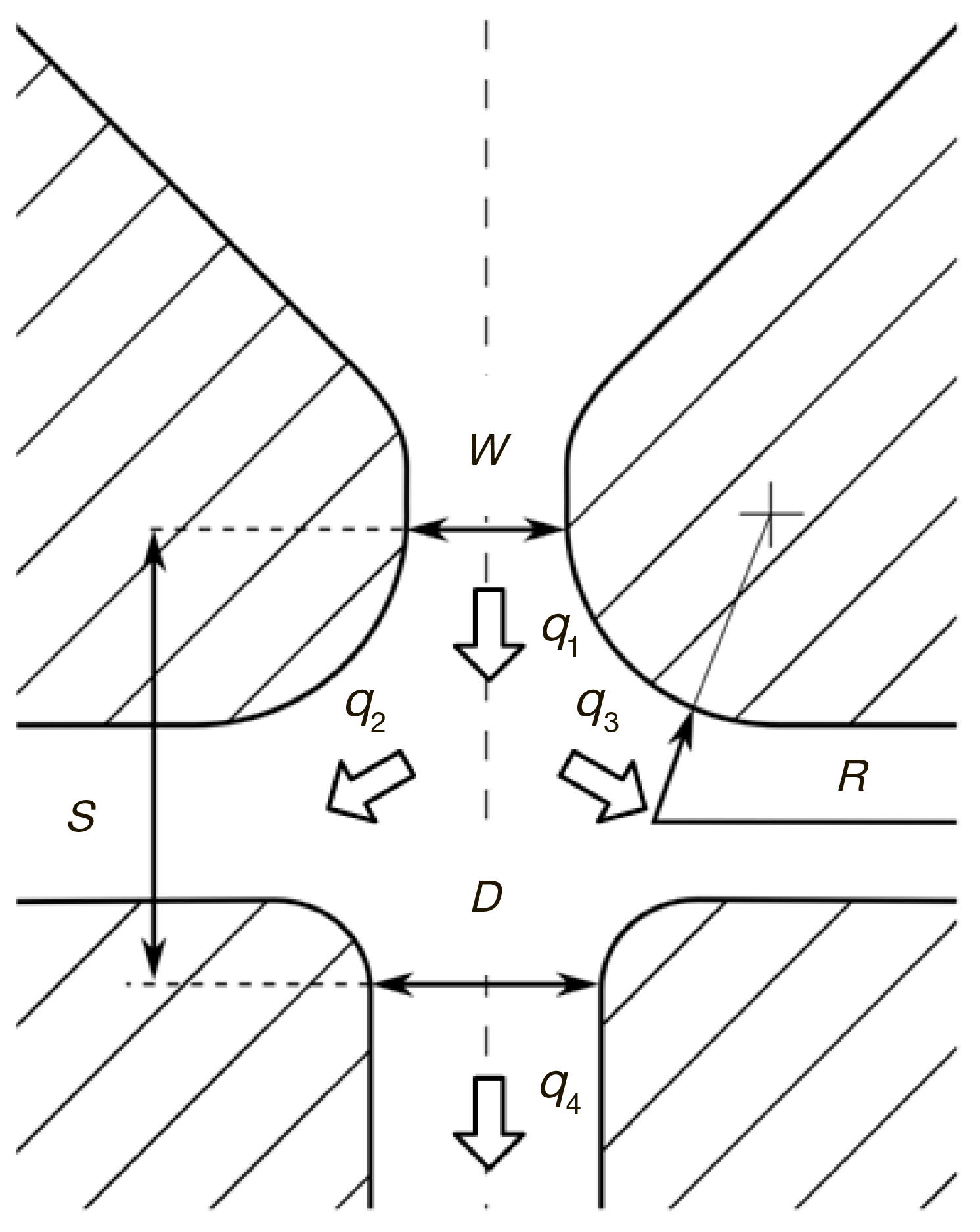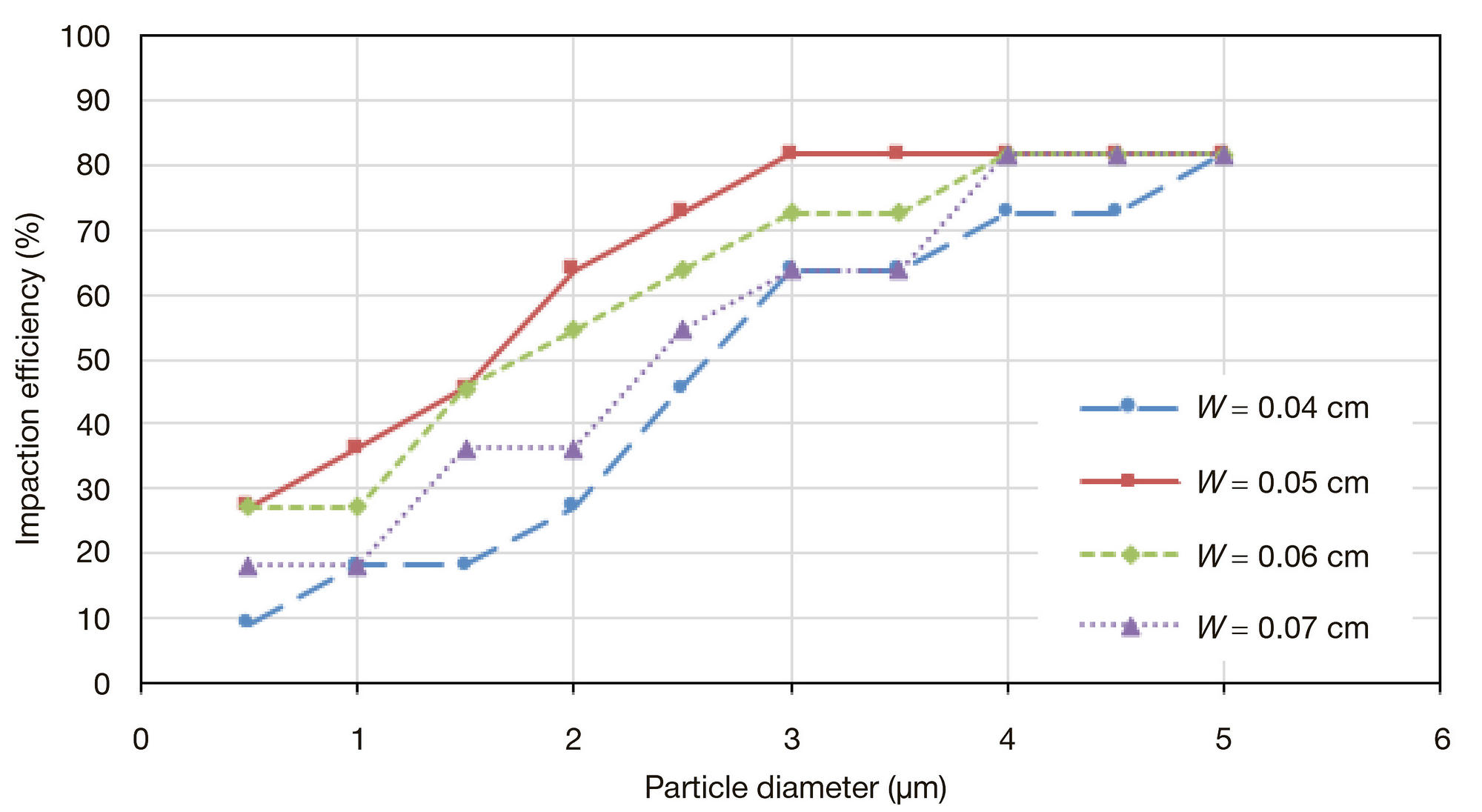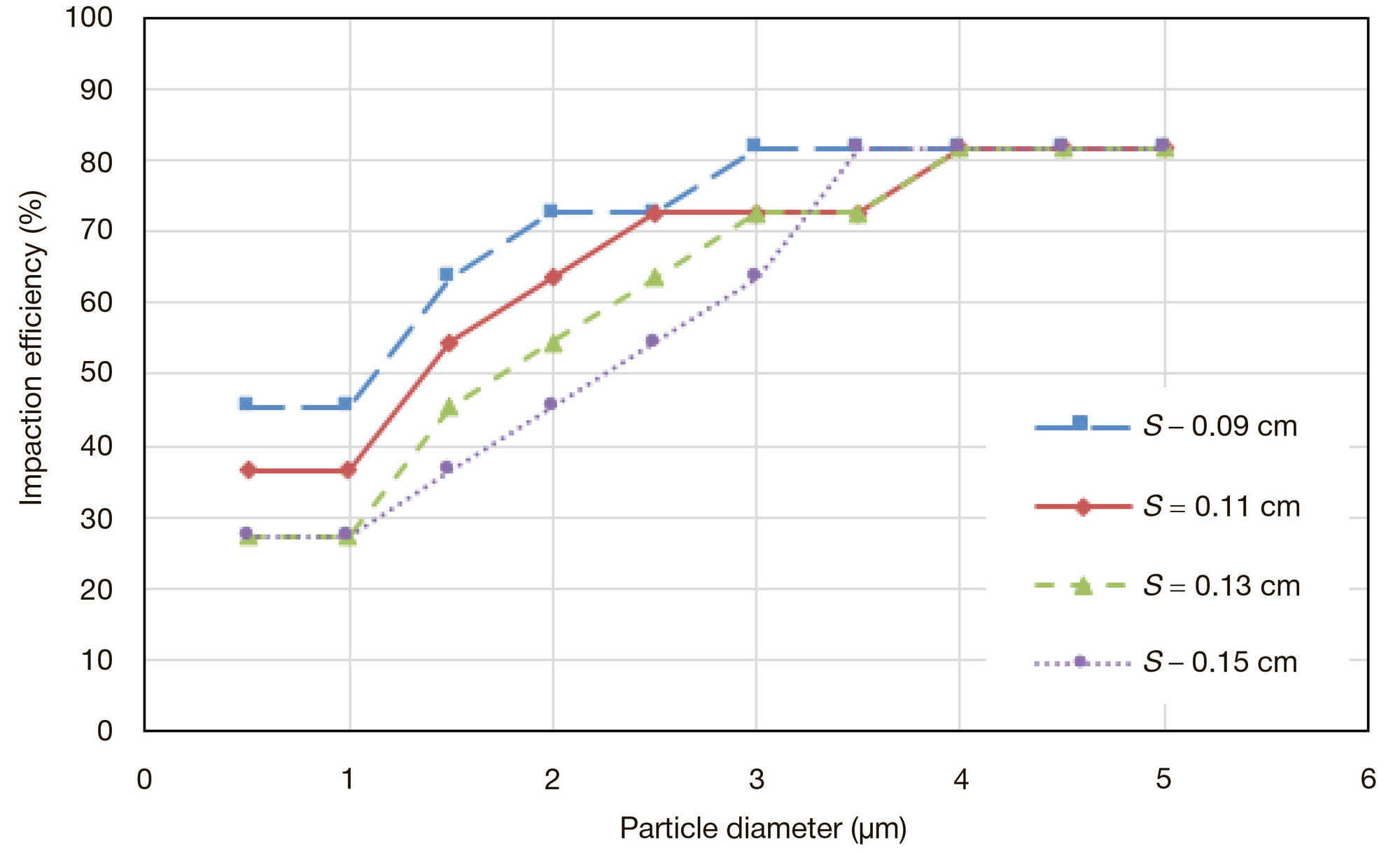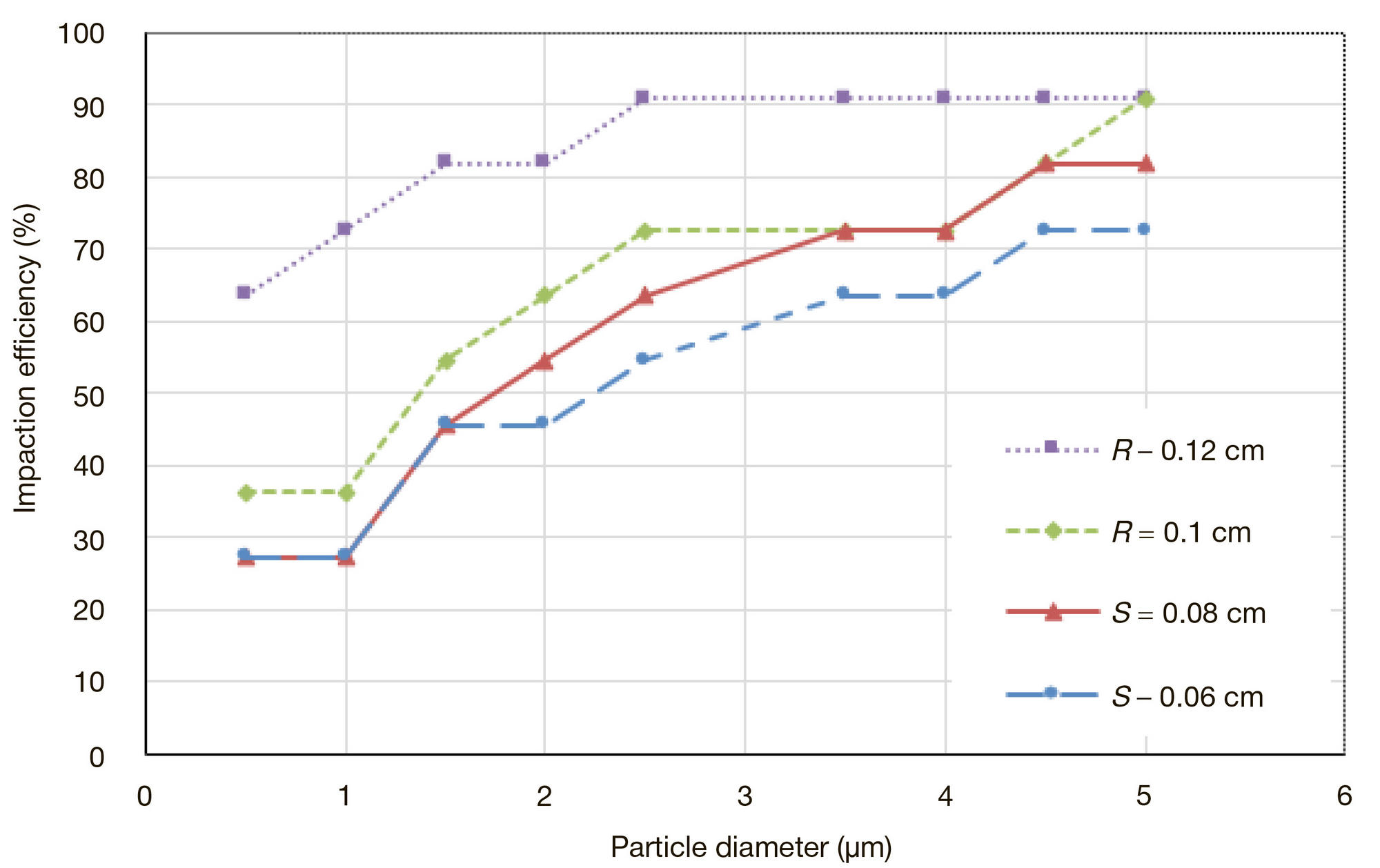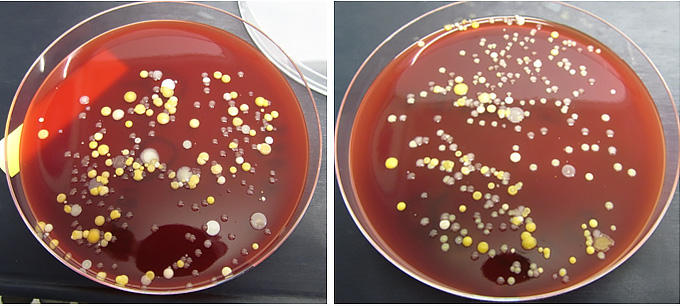
ISSN Print 2500–1094
ISSN Online 2542–1204
BIOMEDICAL JOURNAL OF PIROGOV UNIVERSITY (MOSCOW, RUSSIA)

1 National Research Nuclear University MEPhI, Moscow
2 N. F. Gamaleya Federal Research Center for Epidemiology and Microbiology, Moscow
Funding: this work was supported by the Federal Target Program The National System for Chemical and Biological Security of the Russian Federation (2015- 2020), the state contract No. K-27-НИР/148-2 signed by the Ministry of Healthcare of the Russian Federation and the National Research Nuclear University MEPhI.
